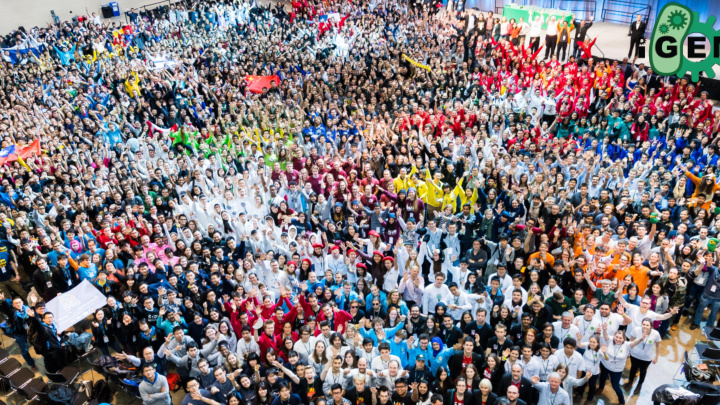



http://2016.igem.org/Community
http://www.businesswire.com/news/home/20170105005656/en/Takeda-PvP-Biologics-Announce-Development-Agreement-Therapeutic
https://pvpbio.com/2016/12/20/uw-spin-out-seeks-to-develop-celiac-disease-therapy/
http://2011.igem.org/Team:Washington
http://igem.org/Facets
The iGEM White List
The iGEM Safety Committee • Works with iGEM participants to strengthen safe and responsible synthetic biology • Reviews & approves safety forms • Performs safety checks on Registry parts • Has the ultimate say on safety issues http://2017.igem.org/Safety/Responsibility
biosecu.re iGEM Project Safety Screening www.biosecu.re | piers@biosecu.re | @biosec_re
https://sgidna.com/archetype.html http://pubs.acs.org/doi/pdf/10.1021/sb500058e
Case studies A. Context specific risks B. Cutting-edge technology C. Differences in national rules D. Preventing malign misuse
Case study: Parts-based biotech http://2016.igem.org/Team:Arizona_State
Case study: Cutting edge technology http://2016.igem.org/Team:Minnesota
https://www.statnews.com/2016/12/14/gene-drive-students-igem/
Gene Drives are not allowed in iGEM projects without a special exception from the Safety Committee. For the purposes of iGEM, a gene drive includes Cas9 (and other endonucleases, such as dCas9 and Cpf1) integrated into the genome (including through the use of gRNA) of a sexually reproducing eukaryotic organisms (including organisms that reproduce both sexually and asexually, such as yeast) and/or the use of a drive to impact the progeny. http://2017.igem.org/Safety/Policies
Teams will need to convince the Safety Committee that: • There will be no environmental release - This is existing iGEM policy for all projects and not just on gene drives. • That the project is safe - The Safety Committee will evaluate your project proposals with reference to host organism (chassis), modifications (including any associated parts) and containment measures. • Your team is implementing and adhering to the measures proposed by Akbari et al in “Safeguarding gene drive experiments in the laboratory” • Your team has notified the Safety Committee that you are considering or planning to use gene drives in your project and you and your faculty advisor have participated in a mandatory conference call with experts on drives and on safeguards. • Any orders for commercially produced genetic material placed by your team must be screened for regulated sequences. • None of your parts submitted to the registry contain a functional gene drive – a drive in a single part will not be accepted and this can have implications for medal criteria. http://2017.igem.org/Safety/Policies
Case study: International regulation https://www.flickr.com/photos/51868421@N04/7401843836
Animals should not be used in iGEM projects without a special exception from the Safety Committee.
Use of animals in iGEM projects
Case study: preventing malign misuse http://2009.igem.org/Team:PKU_Beijing https://2010.igem.org/Team:VT-ENSIMAG_Biosecurity http://2015.igem.org/Team:Bielefeld-CeBiTec http://2013.igem.org/Team:Lethbridge
iGEM takes safety and security very seriously • Reflexive policies help keep pace with changing risks • iGEM helps innovate better safety and security • → Developing function-based risk management → Addressing risks prior to regulators iGEM helps build consensus around risks • → Using common standards based on best-practice iGEM helps test tools for better safety and security • → Practical efforts to test and improve biosecurity
Our sincere thanks to our funder: http://www.openphilanthropy.org/
Recommend
More recommend